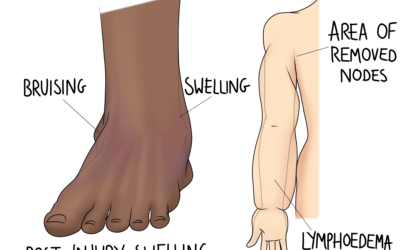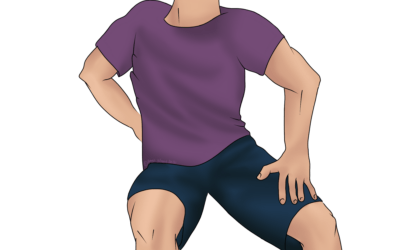For many children and young people sitting in a classroom or at a desk at home brings about back and neck pain. As schools and colleges across the UK come back from Half Term, here are six ways you can help your child avoid poor posture every day of their school life.
Vary where you sit in the classroom.
Continually angling the head or craning the neck to the left or to the right can cause poor posture and bring about discomfort. If possible, change seats for different lessons to sit sometimes on the left of the classroom, sometimes on the right.
Chair Height
Try to ensure the height of the chair is appropriate for the height of the desk to promote good posture. Your feet should be flat on the floor and your elbows should be in an open position with your wrists and hands straight and supported by the desk. Click to read our tips for arranging a computer work station.
Move Around
Take breaks from sedentary activities. Encourage your child to move around in their breaks between lessons, rather than simply moving from one seated position to another. Joining a sports club will help keep them off their behinds in their lunch break or after school.
Writing Posture
Take care with your posture when writing. We have a tendency to slump forward with the upper back and neck when resting on a desk to write. This poor posture overuses muscles and increases the load on the cervical spine.
Walk or Cycle
Where possible – and where it’s safe to do so – encourage your child to walk or cycle to school. The benefits of moving more are widely known and a short walk to school, as opposed to sitting in a car or on a bus, is a healthy way to start the day.
Weightload of Bags
And be aware of how much weight your child is carrying daily. Encourage them to get a locker at school or college and only carry around what they need for their next lessons. It’s worth spending money on a sturdy backpack that, when worn with both straps, will distribute the weight evenly across the back. Or if your child studies a subject that requires a lot of kit, consider getting them a wheeled case. Read more on our tips for bag carrying.



0 Comments